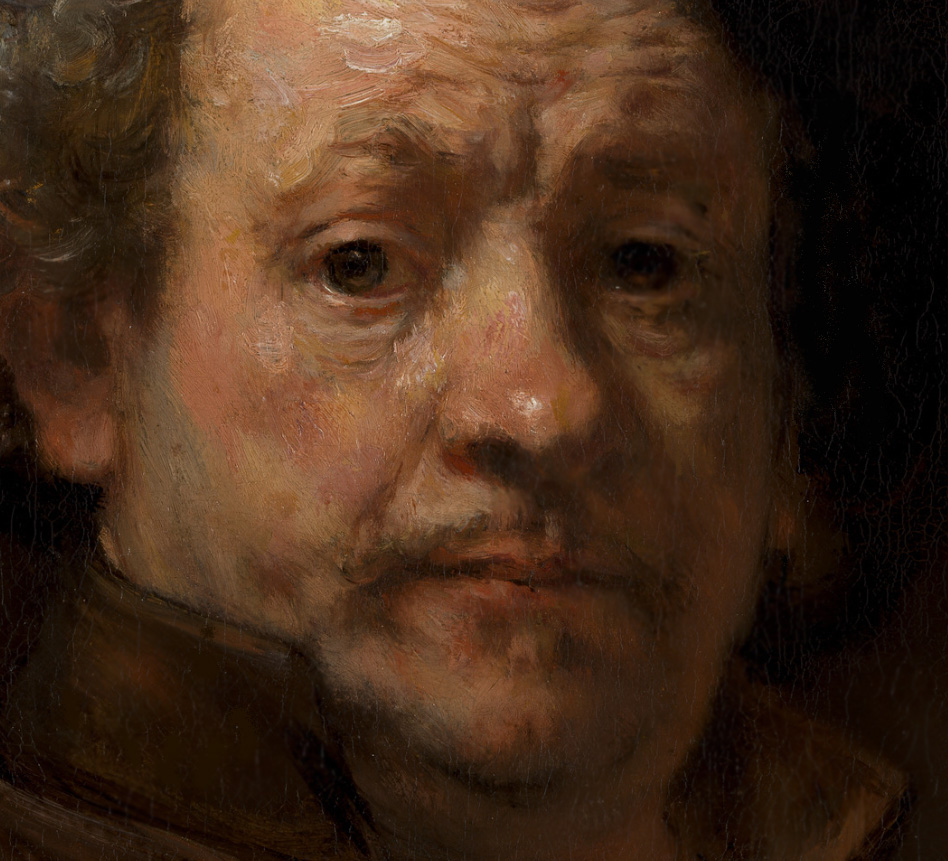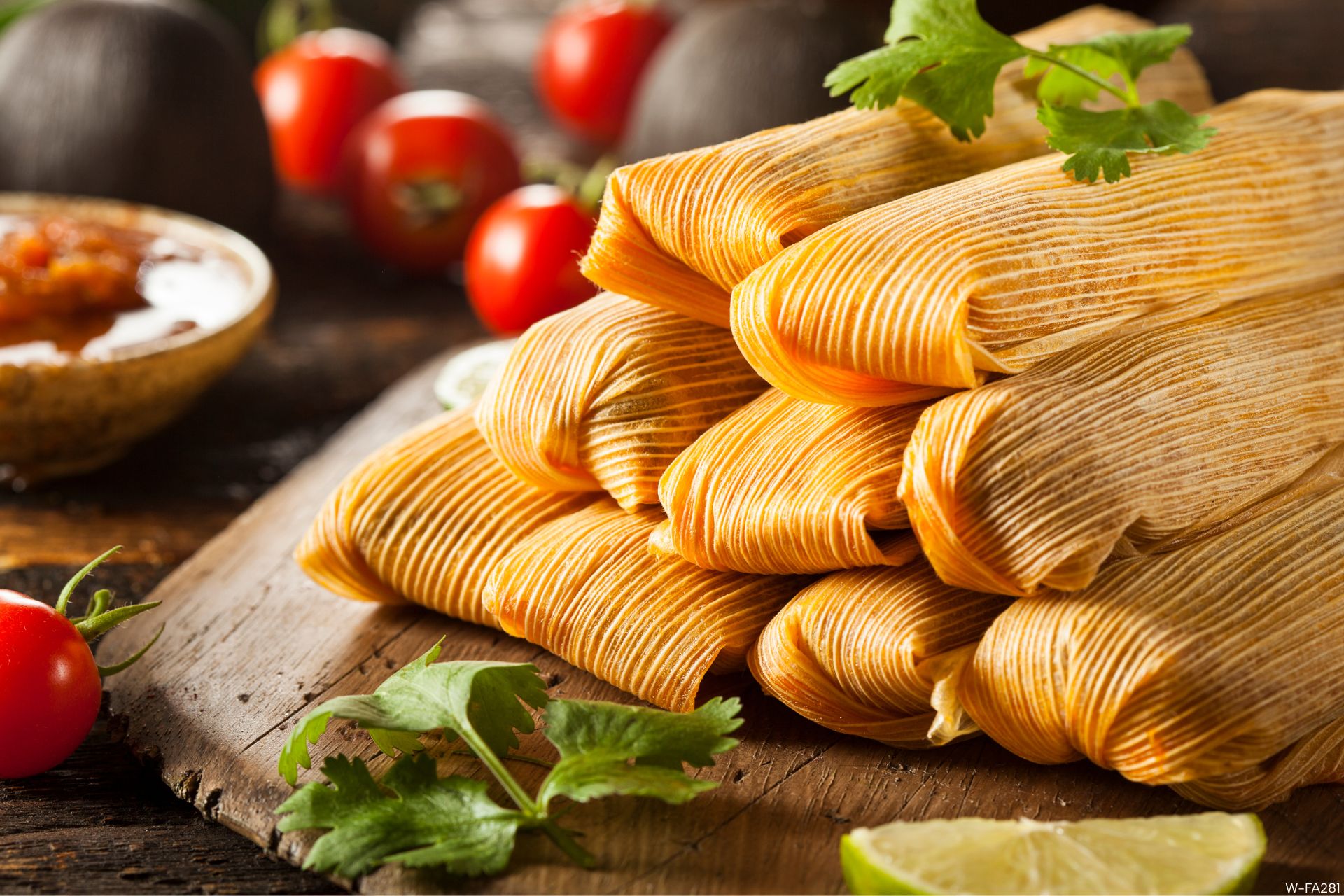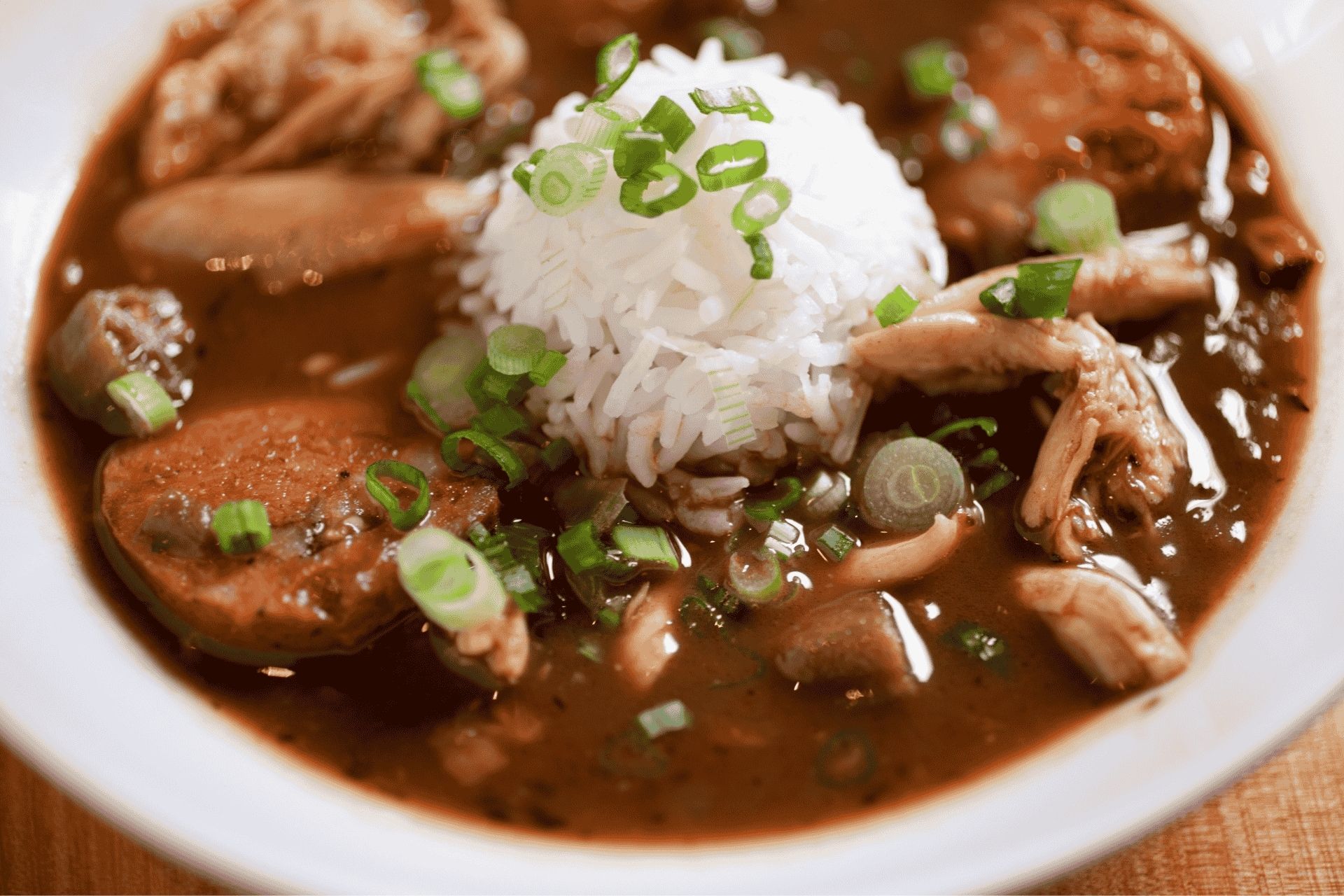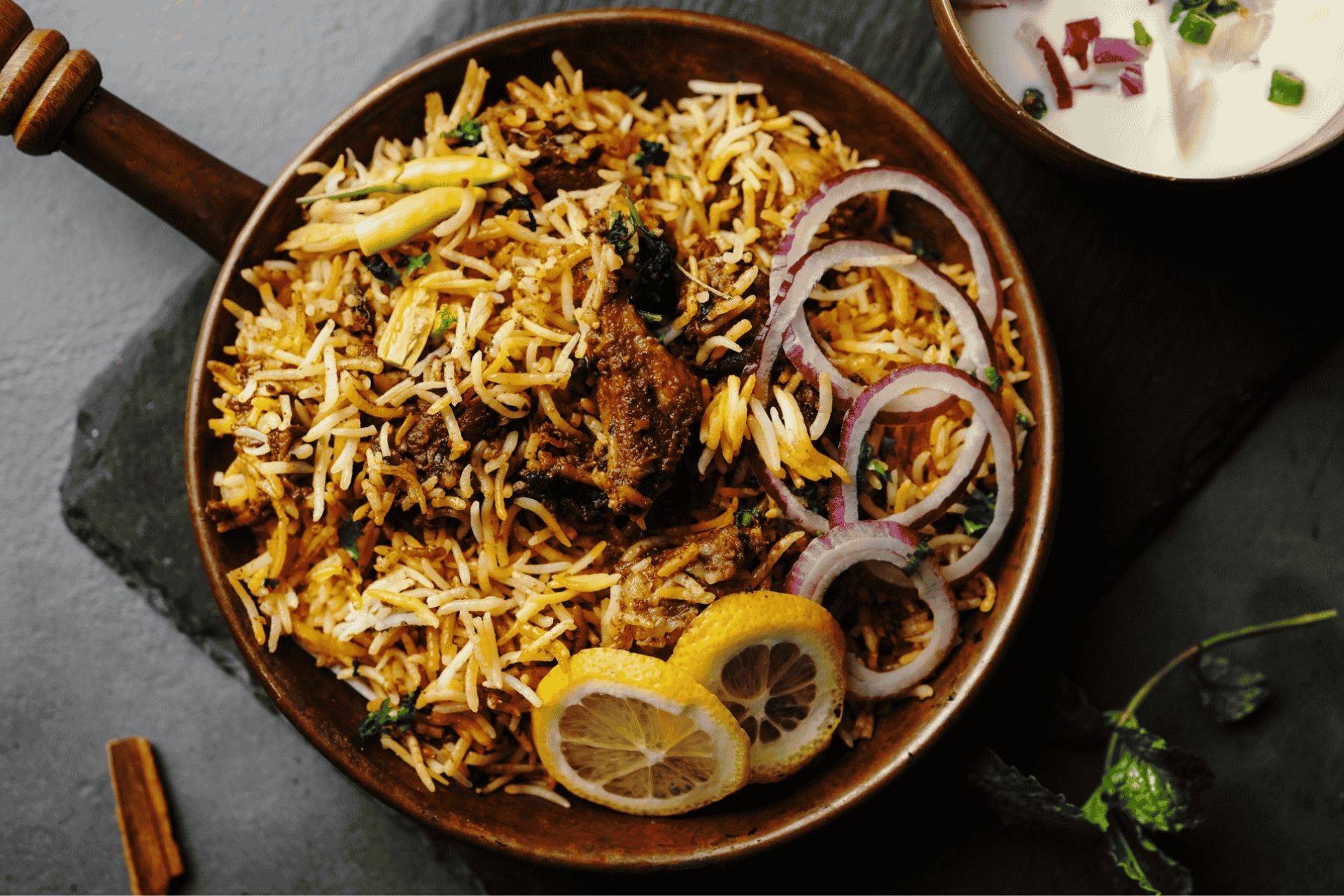
PT485 Portrait Painting: Lessons from the Masters Simplified with Anders Fernbach
September 9 @ 6:00 pm – 9:00 pm
All levels welcome!
This course is designed to help students of all levels develop strategies to strengthen the gesture, proportion, perspective, and color in their portrait paintings by the time-honored tradition of making master copies. Students will be working from high quality 2D reproductions in this course as a matter of convenience, but all principles can be applied to painting from a live model. We will explore different choices of palettes and techniques dependent upon the student’s experience level, and their artists of choice. There will be broad information shared with the entire class that will apply to all, and from there the instruction will be tailored to the individual students’ needs. This course is for all levels of experience, you don’t have to be a master yourself to learn from the masters!
Supply List:
This list of paints is meant to be a solid base for traditional, representational portraiture, and will cover most of your needs. Although many past masters have used vermillion, I have not included that pigment because it is so cost prohibitive. Also, depending upon your choice of artist, you may require an additional pigment or two. If you are able to buy “artist quality” paints instead of “student grade” paints, I recommend doing so.
Oil Paints
Titanium white 150ml
Flake white 150ml or 37ml
Trasnparent red iron oxide, or Transparent earth red (PR101)
Cadmium red light 37ml
Permanent or Alizarin crimson 37ml
Cadmium orange 37ml
Yellow Ochre 37ml
Raw umber 37ml
Tere Vert 37ml (optional)
Ultramarine blue 37ml
Ivory black 37ml
Medium
Small container of linseed oil
Small container of odorless mineral spirits (Gamsol) in an airtight jar
Alkyd medium. Liquin and Galkyd are both excellent, you’ll only need one
Brushes
You will need a variety of sizes to begin with. I recommend having 3 sizes of round brushes at the minimum. We can discuss brushed more during class, and you can decide for yourself what you prefer, but make sure you have some larger sizes to complement the small ones.
Surfaces
Gessoed canvas or wood panel (your choice of size, but larger is often less difficult for working out drawing problems)
One or two canvas boards around 8×10 for studies
You may need more surfaces as the weeks progress, but this will suffice to start. The images you choose should be taken into consideration when deciding on the size and proportions of your surface. EX: If you choose an image that has a square composition, it would be wise to use a square surface to paint on.
Other
Palette knife (I prefer a diamond head shape) Liquitex is an excellent brand and value
Metal ruler 18”
Jack Richeson grey paper palette pad 12×16
It’s advisable to have a stiff surface like foam board or wood to support the paper during use.
Paper towels, or blue shop rags
Cotton cloth rags. Old T-shirts work very well
Optional: Gesso (acrylic polymer ground) if you wish to prepare surfaces like wood, paper, canvas, metal, or just to add stability to commercially pre-gessoed canvas



